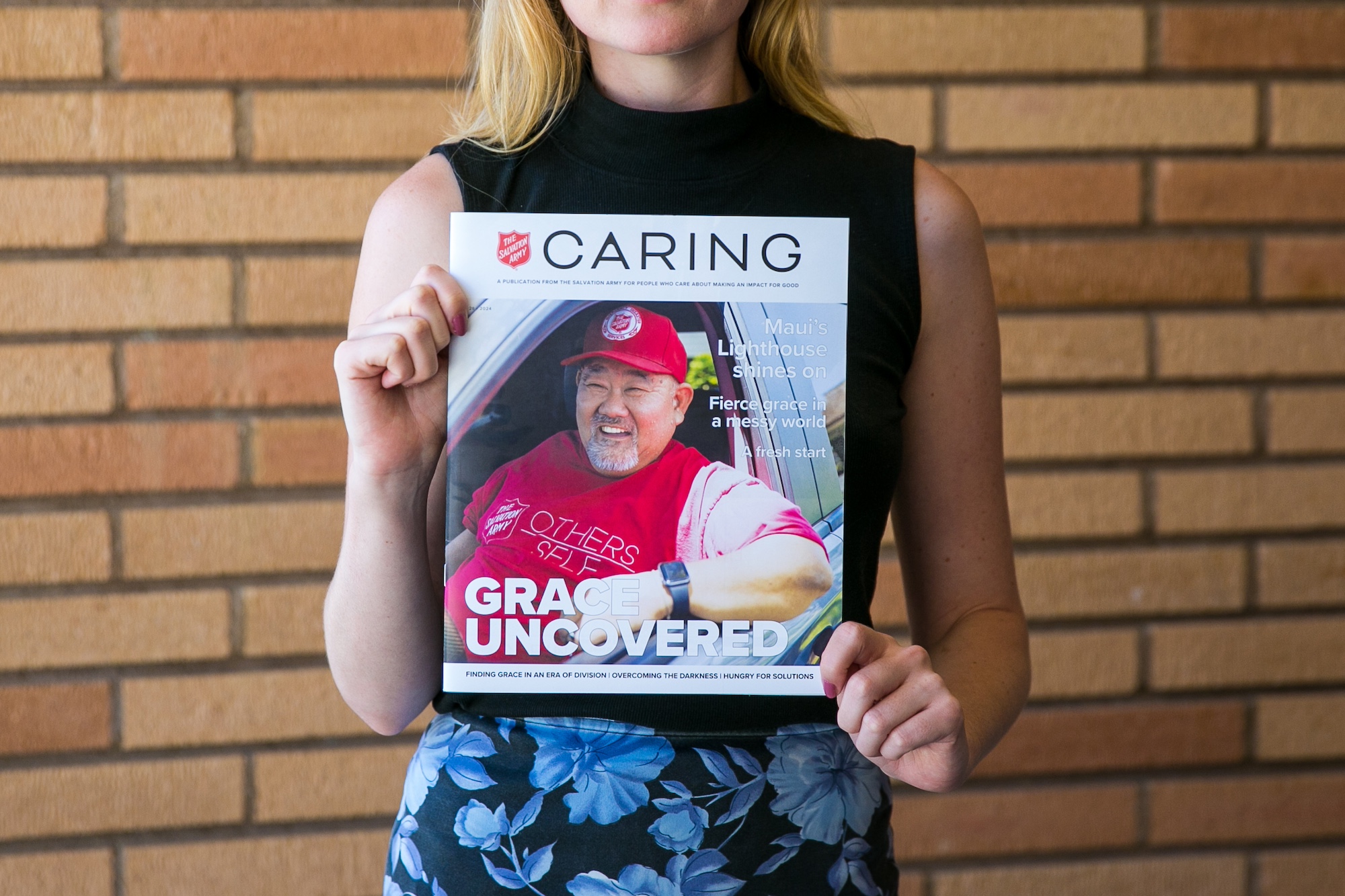By Pamela Maynor, Captain –
Ninety-five leaders in children’s and youth ministry from 67 regions across the world gathered at Sunbury Court, near London, for the Right at the Heart conference 2019. The gathering had one topic right at its heart: How can The Salvation Army better reach Generation Z—the grouping of young people who are considered the first truly non-Christian generation.
The eight-day conference began with a twofold affirmation from General Brian Peddle: God’s hand and blessing are still on The Salvation Army, and the world still needs The Salvation Army’s message of hope through Jesus Christ. With this in mind, the General challenged delegates to consider the generation that followed Joshua (see Judges 2), that neither knew God nor what he had done. “We are standing on a treacherous cliff if we take our eyes off the generation behind us,” he said. “We must do something.”
Each day began with Tustin Ranch (California) Corps Officer Captain Nesan Kistan’s in-depth studies of Bible characters (Moses, Esther, Joseph, Rahab and Noah). Delegates were challenged to take a moral stand even when it appears costly, to take a spiritual stand even when it seems difficult, and to take a positional stand even if it’s threatening. “We’re living in a time when God is calling his people to be courageous,” Kistan said.

With open hearts, delegates soaked in the expertise and experience of plenary session speakers. Blake Lanier (psychotherapist, trainer and consultant) addressed understanding gender identity in youth work and welcomed discussion on real-life scenarios. Delegates were challenged to step out of their comfort zones to embrace LGBTQ+ individuals who are seeking community and connection.
Lanier also addressed the impact of family on youth mental health: “Every kid wants to know one thing,” he said. “‘Will you be there when I need you?’”
Captain Swetha Vincent carried the baton of social justice, which she urged people to consider not as an after-thought, but as a first-thought. “It’s time for us to take a stand,” she said, explaining that justice in the context of God’s Kingdom establishes a biblical mandate to do something. Having shared statistics about a variety of social issues, Vincent encouraged delegates not to lose the stories or faces in the numbers. “The one child, one teen, one young adult matters,” she said.
Colonel Evie Diaz continued the conversation of child protection and young people, revealing that The Salvation Army looks after more than 1.5 million children at any given point in time.
In both plenary sessions and workshops, a broader picture of youth ministry was formed. Kevin and Sheryl Slous continued the configuration by addressing how to develop a holistic youth ministry with vision driving and strategy in the front seat. “The Christ-centered story should always be on ‘loop’ in our ministries,” Kevin Slous said.

Sheryl Slous addressed reaching Generation Z not as reactive, but as proactive. “Mind the Gap”—a familiar announcement on the London Underground—became the anthem of both presentation and discussion. The descriptions of communicational, transitional and capacity gaps between different generations seemed insurmountable, yet hope was shared. Delegates were asked if they were willing to stand in the gap—carrying young people, one by one, to the feet of Jesus. One at a time, each person stood and boldly declared: “I will mind the gap.”
As an overflow of these rich sessions, delegates participated in both zonal and corporate discussions. The voices of representative youth delegates from around the world proved vital. Their local concerns resonated deeply. One youth delegate expressed the need to be heard, and another the need for less talk and more action.
Big questions concerning the future of The Salvation Army’s youth ministry were discussed corporately, and the voices of the youth delegates were heard. A need to change was recognized—and it was made clear that to know how to change the voices of the generation being lost must be heard. The question rang loud and clear: How can The Salvation Army give young people a voice today? Ideas were gathered and then presented by the youth delegates to the General.
By description, this was considered a conference. However, for the sake of the generation that is being lost, it must be more than a conference—it must be a call to action.
The General concluded the week with just that. As every delegate held a unique puzzle piece that connected to the person beside them, the General challenged delegates to stand up and fulfill the purpose of their piece in the world today. It was a word that resonated with those present.

The large puzzle of youth ministry may seem too big to address, yet the General’s charge inspired encouragement to stand tall in the contexts delegates find themselves in, and be the piece God made them to be in God’s grand picture of youth ministry in The Salvation Army.
As the General said, God’s hand and blessing are still on The Salvation Army today. Global children’s and youth leaders will continue to seek him and move to action in being the best piece of his puzzle he has called them to be.











